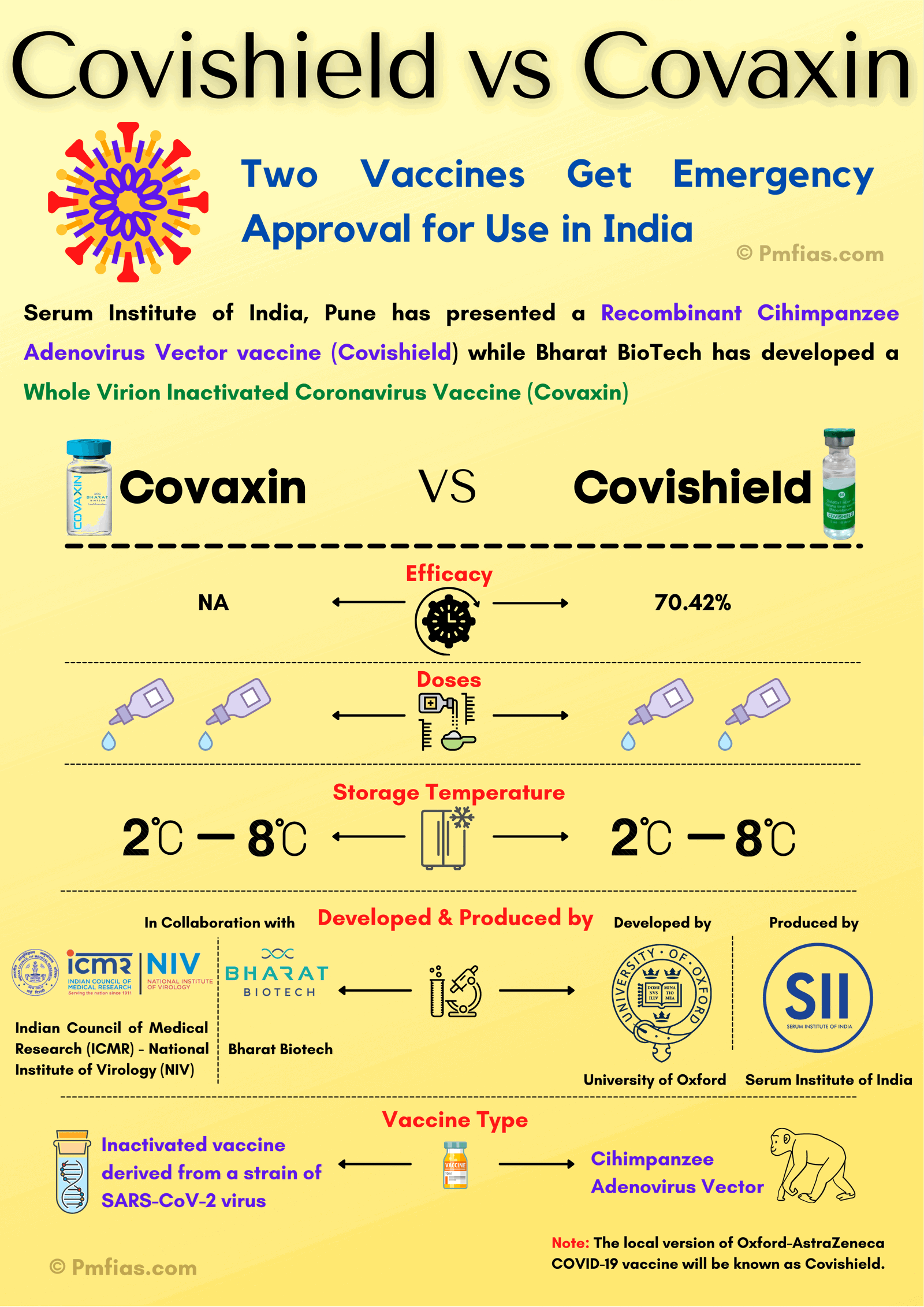
MethaneSAT
Subscribe to Never Miss an Important Update! Assured Discounts on New Products!
Must Join PMF IAS Telegram Channel & PMF IAS History Telegram Channel
- Context (IE): Global Methane Emission Monitoring Satellite MethaneSAT was Successfully launched by SpaceX Falcon9 rocket from California.
- Though it is not the first spacecraft to identify and quantify methane emissions, it will provide more details and have a much wider field of view than any of its predecessors.

Need to track and measure methane emissions
- Methane, a powerful greenhouse gas, is the second-largest contributor to global warming, following carbon dioxide.
- It is responsible for 30% of global heating since the Industrial Revolution.
- Methane is 80 times more potent in warming than carbon dioxide over a 20-year period (UNEP).
- The gas also helps create ground-level ozone, a colourless and irritating gas.
- Exposure to ground-level ozone might cause one million premature deaths annually.
- Fossil fuel operations account for about 40 per cent of all human-caused methane emissions.
What is MethaneSAT?
- It is a satellite project led by the Environmental Defense Fund (EDF), a US nonprofit organisation.
- EDF collaborated with Harvard University, the Smithsonian Astrophysical Observatory, and the New Zealand Space Agency for its development.
- The satellite will orbit the Earth 15 times daily, focusing on monitoring the oil and gas sector.
- Aim: To collect data revealing methane emissions’ sources, intensity, and changes over time.
- Google (Mission partner): The data collected by MethaneSAT will undergo analysis using cloud computing and AI technology provided by Google.
- The findings will be shared with the public through Google’s Earth Engine platform. This will allow stakeholders and regulators to take action to reduce methane emissions.
Significance of MethaneSAT
-
Limitations in earlier satellites
- Some provided high-resolution data but only for specific sites, while others covered larger areas but missed smaller sources, which contributed to most emissions.
- An IEA report suggests global methane emissions are 70% higher than reported by governments due to these limitations. MethaneSAT is expected to fix the issue.
- Advantages in MethaneSAT
- It can detect changes in methane concentrations as low as three parts per billion.
- This capability enables it to identify smaller emission sources compared to previous satellites.
- Additionally, MethaneSAT has a wide-camera view of about 200 km by 200 km, allowing it to spot larger emitters known as super emitters.
Steps taken to reduce Methane Pollution
- Over 150 countries signed the Global Methane Pledge in 2021. The pledge aims to cut collective methane emissions by at least 30% from 2020 levels by 2030.
- At the latest COP, more than 50 companies committed to virtually eliminating methane emissions and routine flaring.
|




![PMF IAS Environment for UPSC 2022-23 [paperback] PMF IAS [Nov 30, 2021]…](https://pmfias.b-cdn.net/wp-content/uploads/2024/04/pmfiasenvironmentforupsc2022-23paperbackpmfiasnov302021.jpg)











